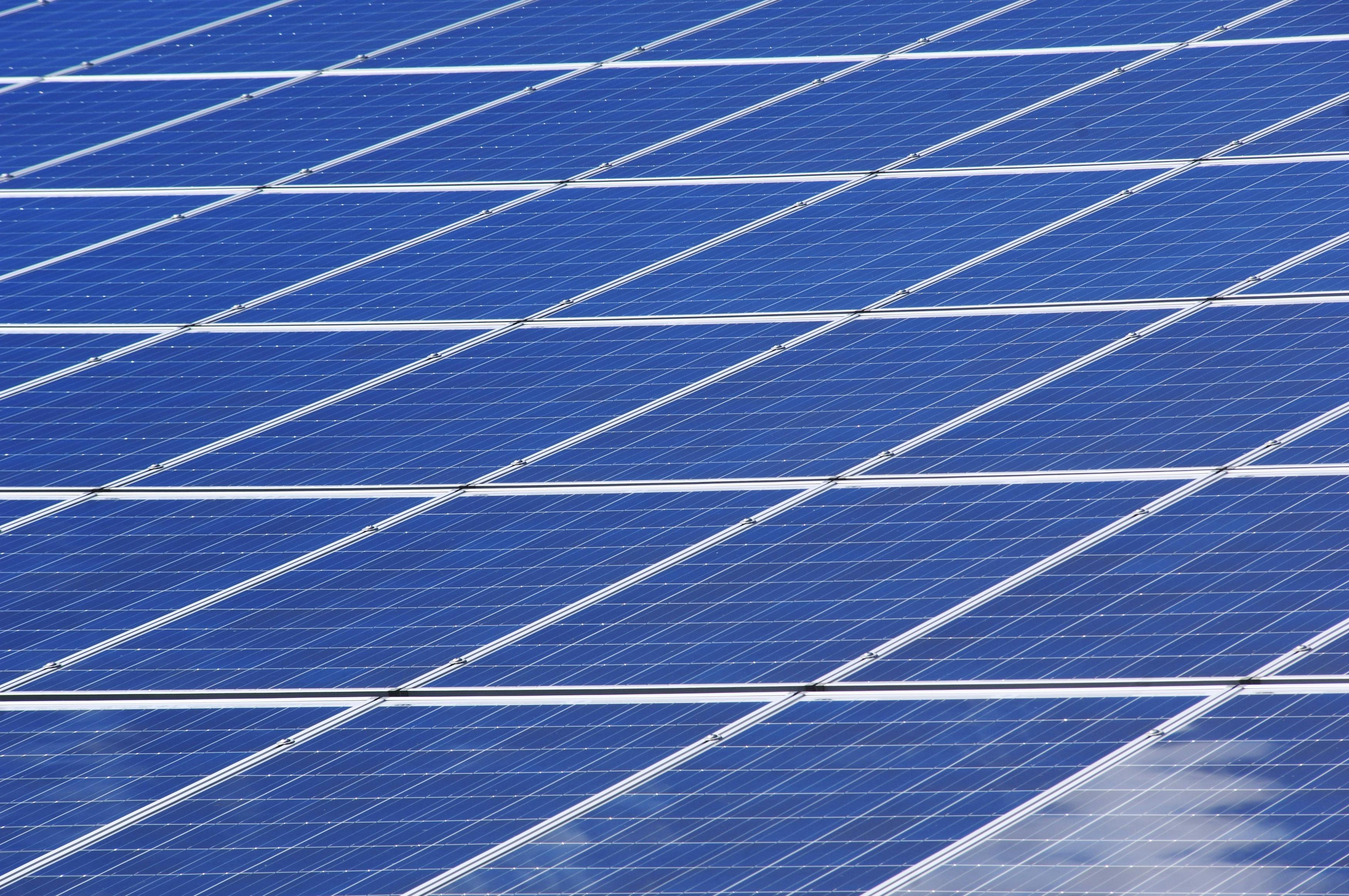Grid-Tied Solar Systems with Battery Backup: A Complete Overview
Grid-tied solar systems with battery backup represent a sophisticated energy solution that combines the reliability of traditional grid connection with the independence of energy storage. These hybrid systems allow homeowners and businesses to harness solar power during the day, store excess energy for later use, and maintain connectivity to the electrical grid for enhanced reliability and potential cost savings through net metering programs.

Modern energy consumers increasingly seek solutions that provide both sustainability and reliability. Grid-tied solar systems with battery backup offer an innovative approach that addresses these needs by combining the best aspects of grid connectivity with energy independence. These systems have gained popularity as battery technology has improved and costs have decreased, making them accessible to a broader range of property owners.
Understanding Grid-Tied Solar System With Battery Backup
A grid-tied solar system with battery backup operates as a three-way energy management solution. During daylight hours, solar panels generate electricity that can power your home, charge batteries, or feed excess energy back to the grid. When solar production is insufficient, the system draws power from the stored battery energy or the electrical grid. This configuration ensures continuous power availability while maximizing the use of renewable energy and providing backup power during outages.
The system intelligently manages energy flow through sophisticated inverters and monitoring equipment. When the grid experiences an outage, the system automatically disconnects from the utility lines for safety reasons and switches to battery power, maintaining electricity to essential loads or the entire home depending on the system size and configuration.
Key Components of a Grid-Tied Solar Systems with Battery Backup
Several essential components work together to create an effective grid-tied solar system with battery backup. Solar panels capture sunlight and convert it to direct current electricity, while a hybrid inverter manages the conversion between DC and AC power and controls energy flow between the panels, batteries, and grid.
Battery storage units, typically lithium-ion technology, store excess solar energy for later use. A monitoring system tracks energy production, consumption, and storage levels, often providing real-time data through smartphone applications. Safety equipment includes automatic transfer switches that isolate the system from the grid during outages and various protection devices to ensure safe operation.
Additional components may include energy management systems that optimize when to store, use, or sell energy based on time-of-use rates and consumption patterns. Smart meters enable bidirectional energy flow measurement for net metering programs.
Benefits of Grid-Tied Systems with Backup
Grid-tied solar systems with battery backup provide multiple advantages over traditional grid-only or off-grid systems. Energy independence increases as homeowners can rely less on utility power, especially during peak rate periods when stored solar energy becomes more valuable than grid electricity.
Power reliability improves significantly since the battery backup ensures electricity availability during grid outages, which is particularly valuable in areas prone to weather-related power disruptions. Financial benefits include reduced electricity bills through solar energy use and potential income from selling excess power back to the grid through net metering programs.
Environmental impact decreases as these systems maximize renewable energy utilization while reducing reliance on fossil fuel-generated grid electricity. The flexibility to expand the system over time allows property owners to start with a smaller installation and add capacity as needs or budgets allow.
| System Type | Provider | Cost Estimation |
|---|---|---|
| 10kW Solar + 20kWh Battery | Tesla Powerwall | $25,000 - $35,000 |
| 8kW Solar + 16kWh Battery | Enphase Energy | $22,000 - $32,000 |
| 12kW Solar + 24kWh Battery | SunPower SunVault | $28,000 - $40,000 |
| 6kW Solar + 12kWh Battery | LG Chem RESU | $18,000 - $28,000 |
Prices, rates, or cost estimates mentioned in this article are based on the latest available information but may change over time. Independent research is advised before making financial decisions.
Installation and Maintenance Considerations
Proper installation requires careful assessment of roof conditions, electrical systems, and local building codes. Professional installers evaluate factors such as roof orientation, shading, and structural capacity to determine optimal panel placement and system sizing. Electrical upgrades may be necessary to accommodate the additional equipment and ensure safe operation.
Maintenance requirements are generally minimal but important for long-term performance. Solar panels need occasional cleaning and inspection, while battery systems require monitoring of charge cycles and performance metrics. Regular system performance reviews help identify potential issues before they affect energy production or storage capacity.
Local regulations and utility interconnection requirements vary significantly by location, making professional guidance essential for compliance and optimal system design. Permitting processes typically involve electrical and building permits, along with utility interconnection agreements.
Grid-tied solar systems with battery backup represent a mature technology that offers compelling benefits for property owners seeking energy independence without sacrificing reliability. As battery costs continue to decline and efficiency improves, these systems become increasingly attractive investments that provide both immediate and long-term value through reduced energy costs, increased property values, and enhanced energy security.




